Nigella sativa, commonly known as black seeds or kalonji, is a flowering plant native to South Asia and the Middle East. Its tiny black seeds have been used for thousands of years in both culinary and traditional medicine practices. You've probably seen them nestled in spice jars or scattered over Middle Eastern breads, but don't let their modest appearance fool them—they're culinary rockstars with a rich history.
In this article, we'll explore everything from their flavor profile to ancient health claims, modern research findings, and practical ways to use these seeds in your everyday cooking. Plus, you'll get our ultimate buying guide so you never bring home a dud again.
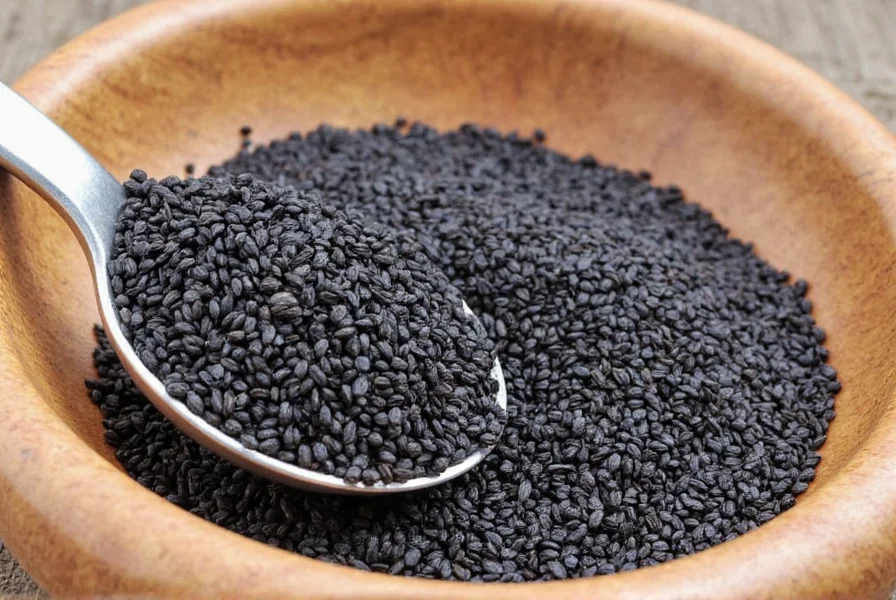
Table of Contents
- What Exactly Is Nigella Sativa?
- Flavor Profile & Culinary Uses
- Health Benefits & Myths Busted
- How to Use Organic Black Seeds in Your Cooking
- Buying Guide: How to Choose the Best Nigella Sativa Seeds
- Storage Tips to Keep Your Seeds Fresh
- Common Mistakes to Avoid When Using Nigella Seeds
- Tasty Recipes That Shine With Nigella Sativa
- Frequently Asked Questions
- Final Thoughts on This Ancient Spice Gem
What Exactly Is Nigella Sativa?
If you've ever mistaken these tiny black seeds for onion seeds or cumin, you're not alone. Nigella sativa, also known as black cumin, fennel flower, or kalonji, is a flowering plant native to South Asia and the Middle East. The seeds have been used for centuries in both culinary and medicinal traditions, particularly in Ayurveda and Unani medicine.
Unlike true cumin, these seeds have a distinct earthy aroma and slightly bitter yet nutty flavor. Their scientific name has earned them the nickname "the blessed seed," and for good reason — they pack a punch in both taste and purported health properties.
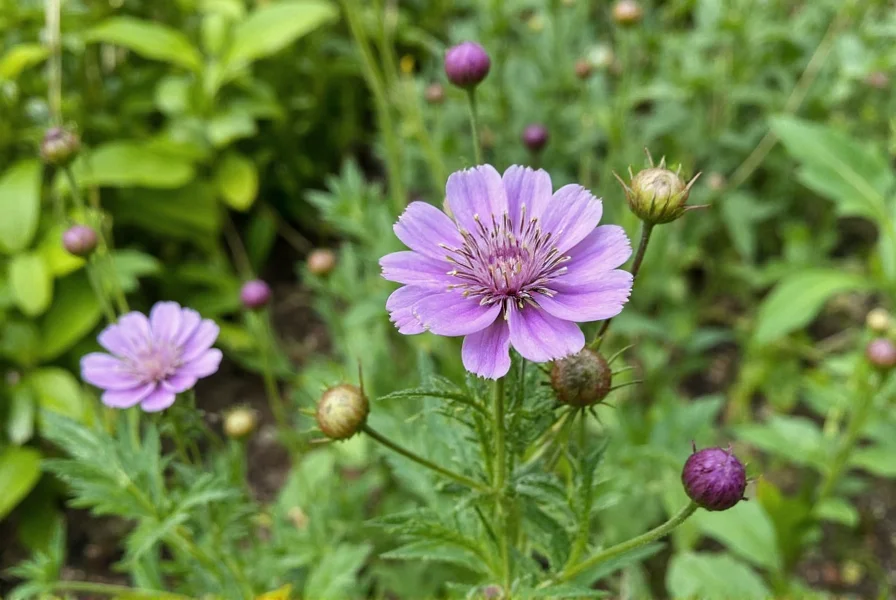
Historical Significance
Archaeological evidence suggests that Nigella sativa was used in ancient Egypt — even found in King Tutankhamun's tomb! Cleopatra reportedly took it for beauty purposes, and Hippocrates recommended it for digestive issues. Today, it remains a staple in many cultures across the globe.
Flavor Profile & Culinary Uses
| Seed Type | Flavor Profile | Texture | Best Used In |
|---|---|---|---|
| Nigella Sativa | Earthy, peppery, faintly bitter | Crunchy | Breads, pickles, stews |
| Sesame | Rich, nutty | Crispy | Desserts, Asian dishes |
| Fennel | Sweet, licorice-like | Crunchy | Indian curries, baked goods |
| Cumin | Earthy, warm, smoky | Smooth | Mexican, Indian, Mediterranean dishes |
Pro Tip:
- Toasting enhances their nuttiness. Try heating them gently in a dry pan before adding to dishes.
- Use sparingly — a little goes a long way!
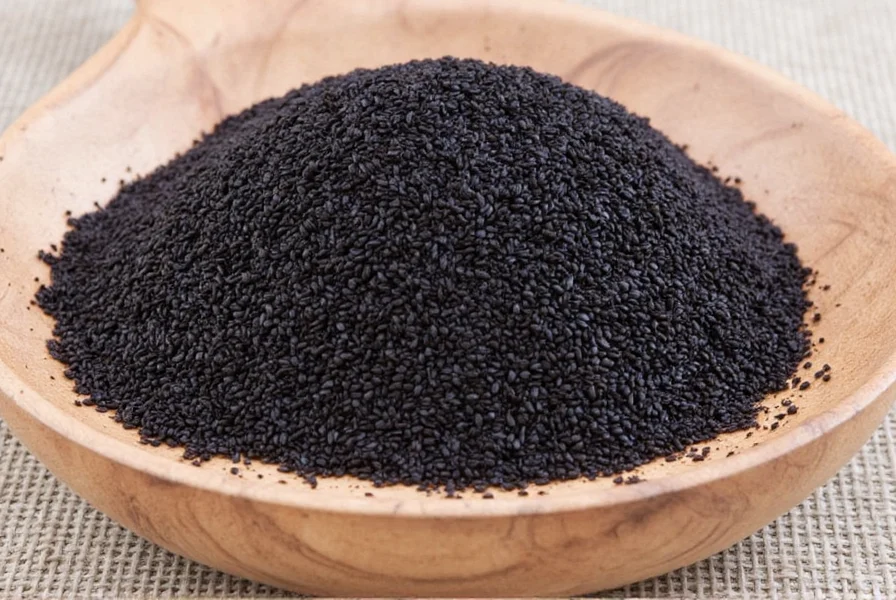
Health Benefits & Myths Busted
While organic black seeds nigella sativa are praised for their potential health benefits, it's important to separate fact from folklore.
Supported Benefits
- Antioxidant Properties: Rich in thymoquinone, which has antioxidant effects.
- Immune Support: Some studies suggest immune-modulating effects.
- Digestive Aid: Traditionally used to soothe bloating and gas.
- Skin Health: Topically applied oil may help with skin conditions like eczema.
Myths vs. Reality
| Claim | Fact Check |
|---|---|
| Can cure diabetes | Some preliminary studies show blood sugar-lowering effects; however, consult a doctor for treatment plans. |
| Will prevent all infections | May support immunity, but not a substitute for medical care. |
| Totally safe for children | Safe in small food amounts, but consult a pediatrician before using medicinally. |
How to Use Organic Black Seeds in Your Cooking
Ready to unlock their full potential? Here are some creative and delicious ways to use nigella seeds in your daily meals:
1. Sprinkle on Flatbreads and Crackers
A classic move in Middle Eastern and Indian baking. Just brush dough with water or egg wash and sprinkle a pinch before baking.
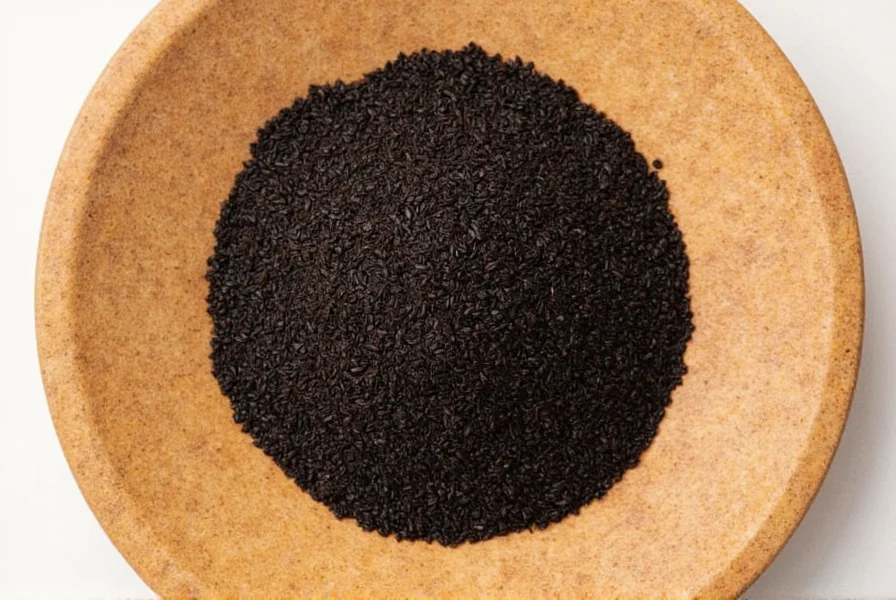
2. Add to Pickling Mixtures
These seeds enhance the flavor of pickled vegetables. Combine with mustard seeds, turmeric, and garlic for a zesty twist.
3. Toast and Toss Into Salads
Add texture and a slight bitterness to balance fresh greens. Try mixing with olive oil and lemon for a simple dressing.
4. Stir Into Yogurt or Hummus
Make a unique dip by lightly grinding the seeds and blending into yogurt or tahini-based spreads.
5. Use in Spiced Lentil Dishes
Their earthy note pairs beautifully with lentils, rice, and legumes. Sauté in ghee or oil first for deeper flavor.
Buying Guide: How to Choose the Best Nigella Sativa Seeds
Not all nigella seeds are created equal. Here's what to look for when shopping — whether at a local market or online.
Top 3 Brands Compared
| Brand | Quality | Price Range | Best For |
|---|---|---|---|
| Mountain Rose Herbs | Organic, ethically sourced | $$ | Purists, herbal enthusiasts |
| Frontier Co-op | Non-GMO, bulk options available | $ | Home cooks, budget-friendly |
| Simply Organic | USDA certified, sustainably packaged | $$$ | Eco-conscious buyers |
What to Look For
- Organic Certification: Ensures no pesticides were used during growth.
- Freshness: Look for packaging with a clear expiration date and sealed bag or jar.
- Aroma: Should smell earthy and slightly spicy when opened.
- Origin: Common sources include India, Egypt, and Turkey — all produce high-quality seeds.
- Packaging: Dark glass jars or opaque containers protect oils and preserve potency.
Red Flags to Avoid
- Very cheap prices — could indicate old stock or filler ingredients.
- Unsealed or bulk bins without turnover info.
- Vague labeling (e.g., "spices" instead of "Nigella sativa").
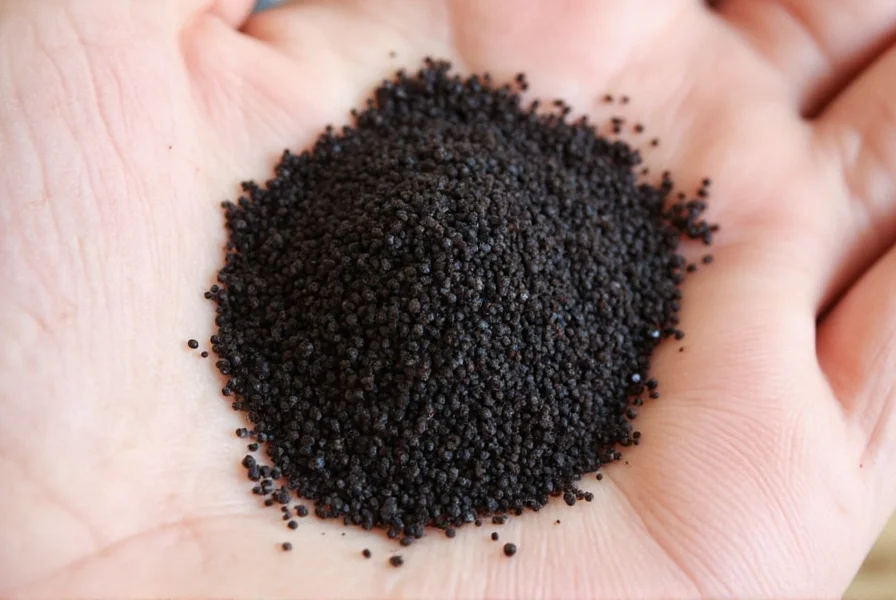
Storage Tips to Keep Your Seeds Fresh
Once you've invested in quality organic black seeds nigella sativa, store them properly to maintain freshness and flavor.
- Keep Cool: Store in a cool, dark place like a pantry or cupboard.
- Airtight Containers: Transfer to a sealed glass jar once opened.
- Refrigerate for Long-Term: If keeping for over six months, refrigeration extends shelf life.
- Check Smell: If the seeds lose their aromatic edge, it's time to replace them.
Common Mistakes to Avoid When Using Nigella Seeds
Even seasoned cooks can fall into a few traps. Here are common mistakes and how to avoid them:
Mistake #1: Using Too Much
These seeds have a strong presence. Start with ¼ teaspoon per dish and adjust to taste.
Mistake #2: Not Toasting Them
Raw seeds can taste flat or overly bitter. A quick toast in a dry pan brings out their natural nuttiness.
Mistake #3: Substituting with Similar-Looking Seeds
Black sesame, onion seeds, and caraway can look alike but won't deliver the same flavor. Always double-check labels.
Mistake #4: Storing Improperly
Exposure to heat and light degrades flavor quickly. Keep them in a dark, cool space.
Tasty Recipes That Shine With Nigella Sativa
Want to put those seeds to work right away? Try these three easy recipes that showcase their unique flavor:
1. Nigella Seed Naan Bread
- Ingredients:
- 2 cups flour
- ½ tsp salt
- ½ cup plain yogurt
- 1 tbsp honey or sugar
- ½ cup warm milk
- 2 tsp active dry yeast
- 1 tsp nigella seeds
- Instructions:
- Combine dry ingredients, then mix in wet ingredients to form a soft dough.
- Knead for 5–7 minutes, let rise until doubled.
- Shape into rounds, brush with water, sprinkle nigella seeds.
- Cook on a hot skillet or oven tray until puffed and golden.
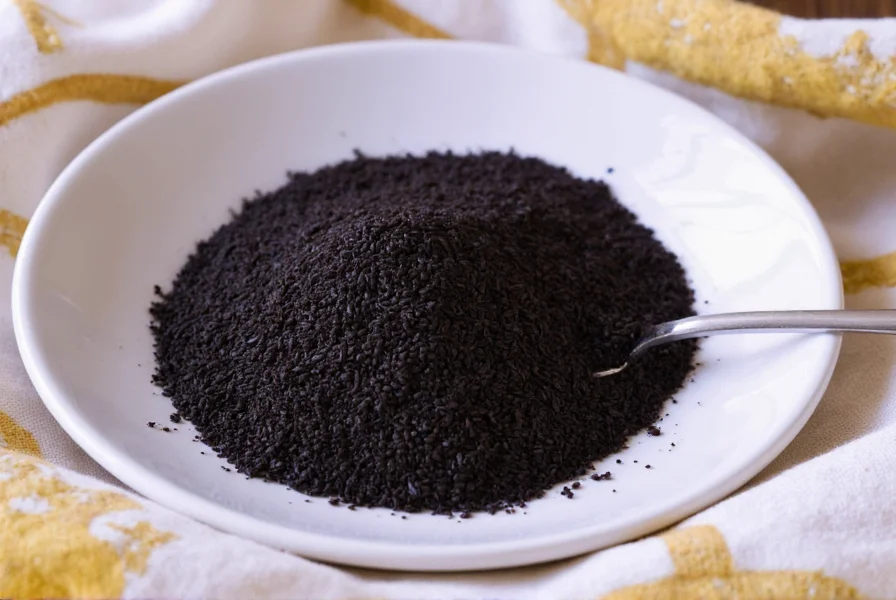
2. Quick Pickled Onions with Nigella Seeds
- Ingredients:
- 1 red onion, sliced
- ½ cup apple cider vinegar
- ¼ cup water
- 1 tsp nigella seeds
- 1 tsp sugar or honey
- Pinch of salt
- Instructions:
- Bring vinegar, water, sugar, salt, and nigella seeds to a boil.
- Pour over onions in a sterilized jar and let cool.
- Refrigerate for up to 2 weeks. Perfect on tacos or sandwiches!
3. Spiced Lentil Soup with Nigella Seeds
- Ingredients:
- 1 cup red lentils
- 1 onion, chopped
- 2 cloves garlic
- 1 tsp nigella seeds
- 1 tsp turmeric
- 1 tsp ground cumin
- Vegetable broth (enough to cover by 2 inches)
- Olive oil
- Salt & pepper
- Instructions:
- Sauté onion and garlic in oil, add nigella seeds and spices.
- Add lentils and broth, bring to a boil, simmer 20–25 mins.
- Blend if desired, season, and serve hot.
Frequently Asked Questions About Nigella Sativa
What are the top 7 uses of organic black seeds (Nigella Sativa)?
1. As a topping for breads and flatbreads
2. In pickling mixtures for vegetables
3. Toasted and added to salads for crunch
4. Blended into yogurt or hummus for unique dips
5. In spiced lentil dishes and curries
6. As a digestive aid after meals
7. In traditional skincare routines for their potential anti-inflammatory properties
Are Nigella Sativa seeds the same as black sesame seeds?
No, they are different. While they look similar, Nigella Sativa (also called black cumin or kalonji) has a more complex flavor profile - earthy, peppery, with faint bitterness. Black sesame seeds are nuttier and sweeter. They come from different plants and have different nutritional profiles.
How much Nigella Sativa should I consume daily?
For culinary use, 1-2 teaspoons per day is typical. For medicinal purposes, studies have used doses ranging from 1-3 grams daily, but it's best to consult with a healthcare provider before using for therapeutic purposes, especially if you have health conditions or take medications.
Can Nigella Sativa help with weight loss?
Some preliminary research suggests it may support metabolism and have mild appetite-suppressing effects, but it's not a magic weight loss solution. Like any food, it works best as part of a balanced diet and healthy lifestyle. Don't expect dramatic results from just adding these seeds to your diet.
Are there any side effects of consuming Nigella Sativa?
When used in culinary amounts, it's generally safe for most people. In larger medicinal doses, some may experience digestive upset. It may interact with certain medications (like blood thinners or diabetes medications), so consult your doctor if you have health conditions or take prescription drugs.
Can I eat Nigella Sativa seeds raw?
Yes, but toasting them enhances their flavor and reduces any potential bitterness. Raw seeds are safe to consume, but many find the toasted version more palatable and flavorful in dishes.
How do Nigella Sativa seeds differ from regular cumin?
Despite sometimes being called "black cumin," they're botanically unrelated to regular cumin (Cuminum cyminum). Nigella Sativa seeds are smaller, black, and have a more complex flavor with floral notes, while regular cumin is larger, brownish, and has a stronger earthy, warm flavor.
Can pregnant women consume Nigella Sativa?
In culinary amounts as a spice, it's generally considered safe during pregnancy. However, medicinal doses should be avoided as high amounts may stimulate uterine contractions. Always consult with your healthcare provider before using any herbal remedy during pregnancy.
Final Thoughts on This Ancient Spice Gem
Nigella sativa might be small, but they're mighty in flavor and potential health perks. Whether you're spicing up your morning flatbread, boosting your homemade hummus, or diving into ancient wellness practices, these seeds deserve a permanent spot in your spice rack.
With proper storage and mindful usage, you can enjoy their bold yet balanced taste in countless dishes. And with our handy buying guide, you're ready to make smart, confident purchases every time.
So next time you reach for a spice, remember — sometimes the tiniest seeds hold the biggest secrets.


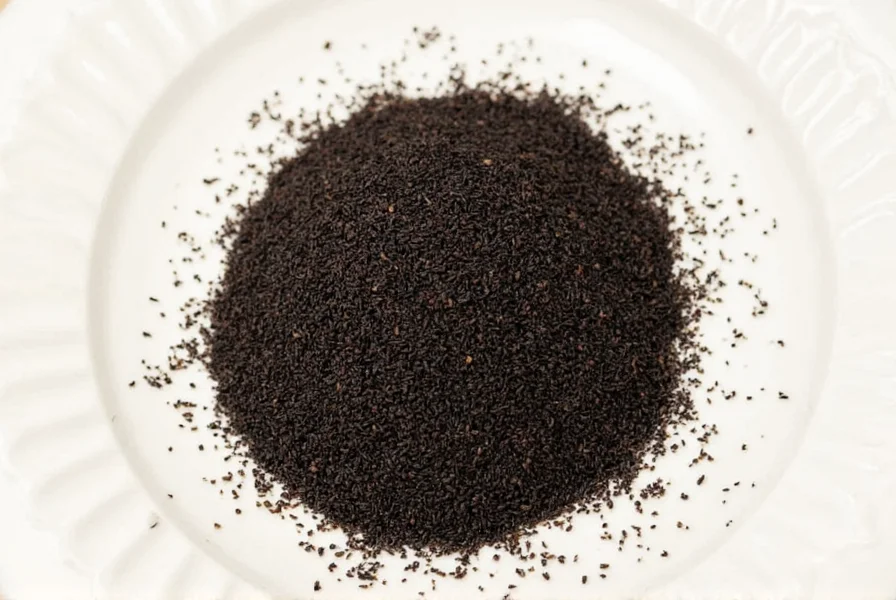









 浙公网安备
33010002000092号
浙公网安备
33010002000092号 浙B2-20120091-4
浙B2-20120091-4